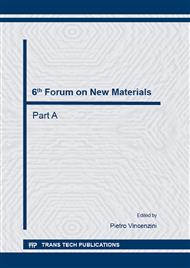p.25
p.31
p.41
p.50
p.56
p.61
p.65
p.70
p.76
The Long Way of Achieving a Durability of 20,000 h in a DMFC System
Abstract:
Direct Methanol Fuel Cells (DMFC) are an attractive power source for applications in the low kW-range like pallet trucks or uninterruptable power supplies. A significant problem during the past years, however, was the limited durability of DMFC systems. While single cells could be operated for thousands of hours, DMFC systems degraded significantly often within less than 1,000 hours.In an evolution of six generations of DMFC systems in the kW power range over the past decade, we identified the main reasons for degradation. Causes for fast degradation had to be removed first in order to identify what leads to slower degradation over several hundreds or thousands of hours. Interactions of cells and system components also had to be considered.As a result, the operating conditions of all cells must be carefully controlled by suitable operating algorithms and reproducible manufacturing technologies, in order to avoid high potentials on the anode, which would lead to ruthenium corrosion and subsequent poisoning of the cathode catalyst. All components of the stack and the peripheral system must be corrosion-proof and free from contaminants that might leach into the membranes. Finally, a DMFC system for a pallet truck was operated in a realistic load cycle for 20,000 hours.
Info:
Periodical:
Pages:
56-60
Citation:
Online since:
October 2014
Authors:
Keywords:
Price:
Сopyright:
© 2014 Trans Tech Publications Ltd. All Rights Reserved
Share:
Citation:


